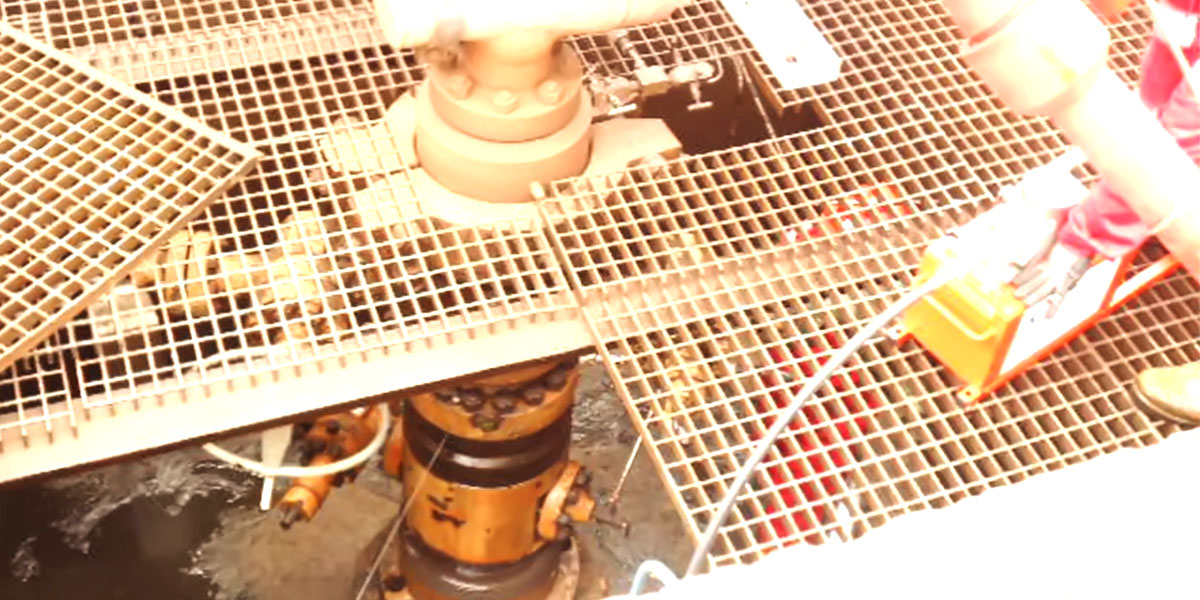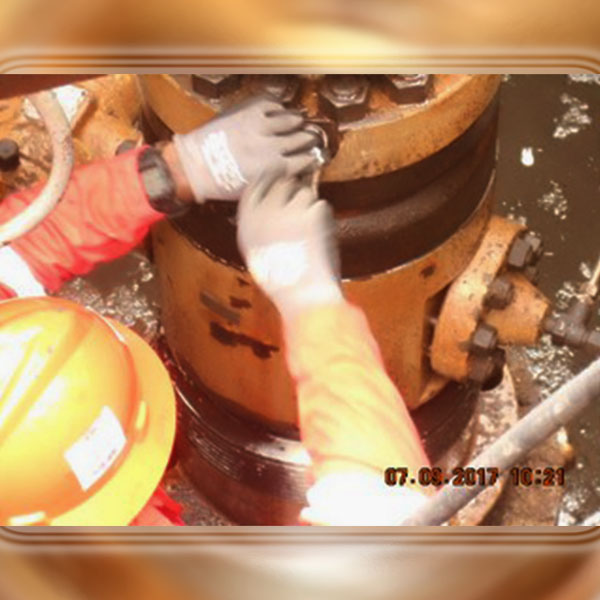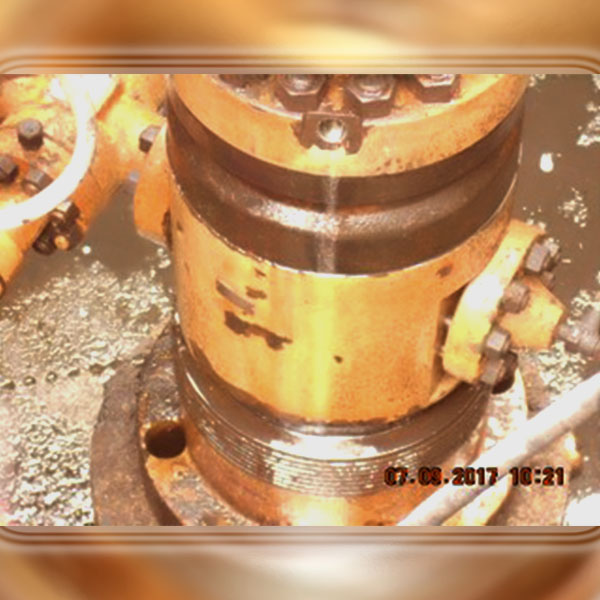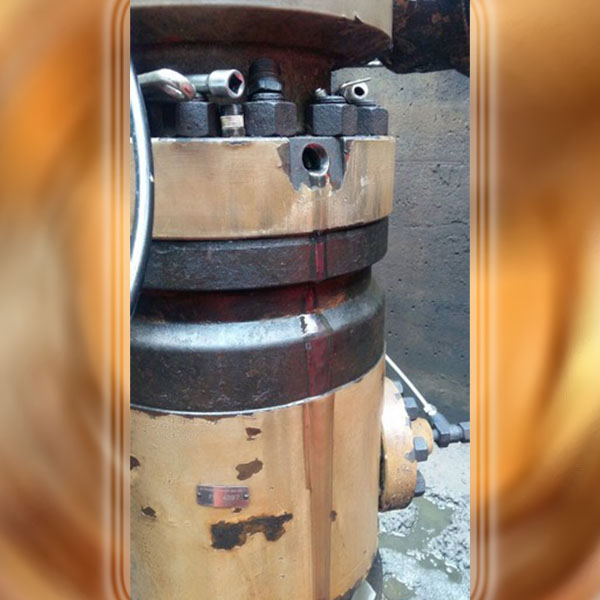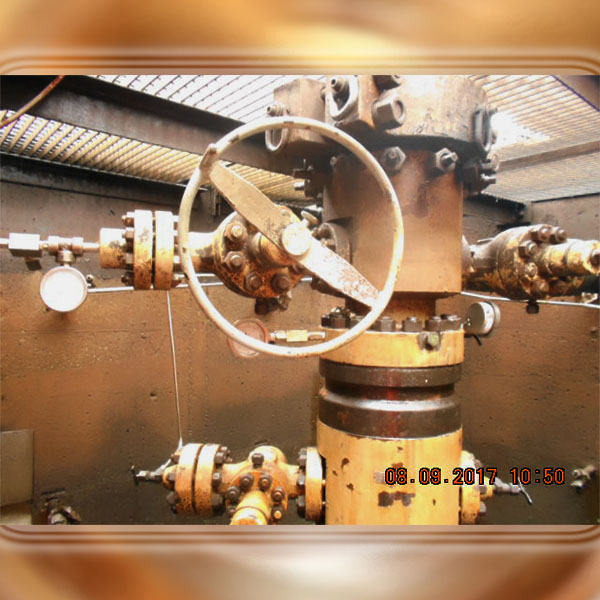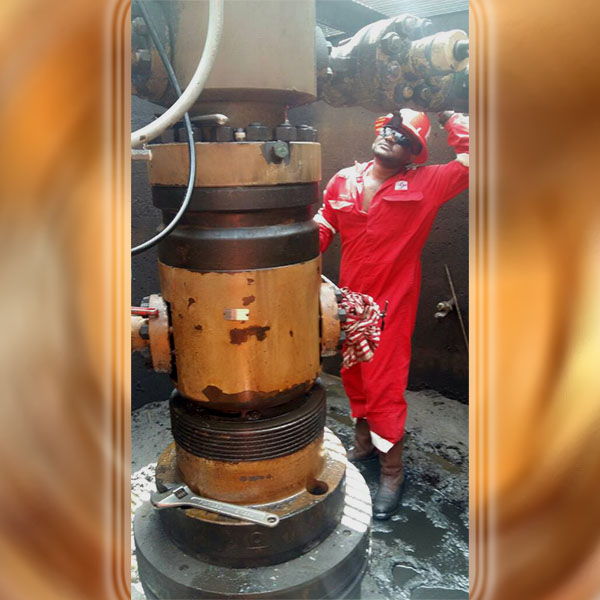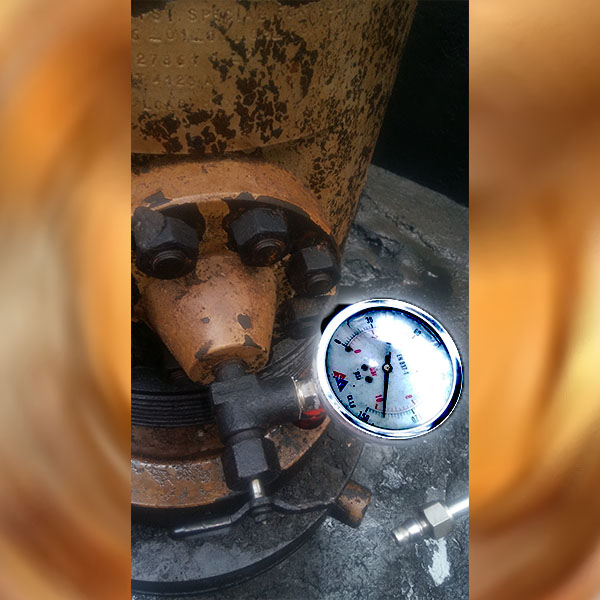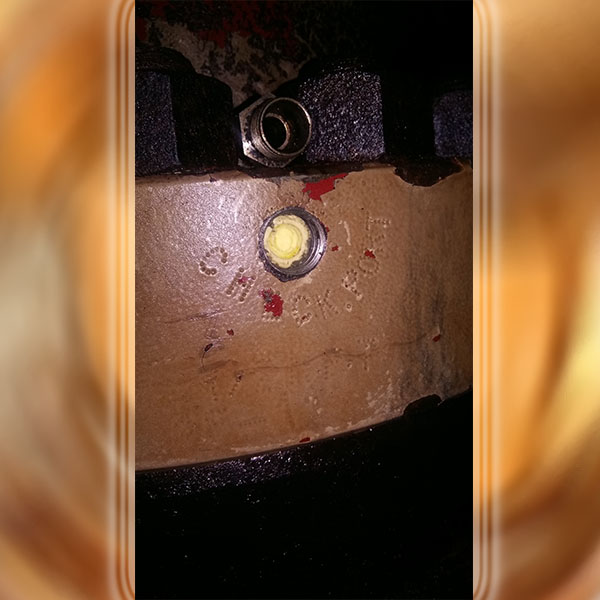Before
Kenyon proposed that MS-Sealant 04 be deployed between the Tubing Hanger Main Body Seals. The sealant would be injected via the GSP type “Port In” and “Port Out” allowing an even and full fill. This would prevent any potential pressure from passing the Tubing Hanger Main Body Seals isolating the Hanger Void from A-Ann pressure. Kenyon also proposed a contingency method should the initial isolation fail. This isolation would be a full Void fill utilising “Port In” and “Port Out” facility.
Kenyon proposed that MS-Sealant 04 be deployed between the Tubing Hanger Main Body Seals. The sealant would be injected via the GSP type “Port In” and “Port Out” allowing an even and full fill. This would prevent any potential pressure from passing the Tubing Hanger Main Body Seals isolating the Hanger Void from A-Ann pressure. Kenyon also proposed a contingency method should the initial isolation fail. This isolation would be a full Void fill utilising “Port In” and “Port Out” facility.
After
Escape of pressure poses as a challenge for most oil and gas assets. This doesn’t only result to a downtime but acquires more cost. From our experience, the best way to tackle pressure leakages, or sealing specific parts of the assets, adequate sealants must be used. Having been called for this job, we proposed MS-Sealant 04 and further deployed it between the tubing hanger main body seals.
The sealant was injected via the GSP type “Port In” and “Port Out” allowing an even and full fill. The aim of this is to prevent any potential pressure from passing the tubing manger Main Body Seals isolating the Hanger Void from A-Ann pressure. We also proposed a contingency method in case the initial isolation fail. This isolation would be a full void fill utilising “Port In” and “Port Out” facility.
At Kenyon, optimum job performance is the goal. We leverage the best technologies and get the job done seamlessly.

